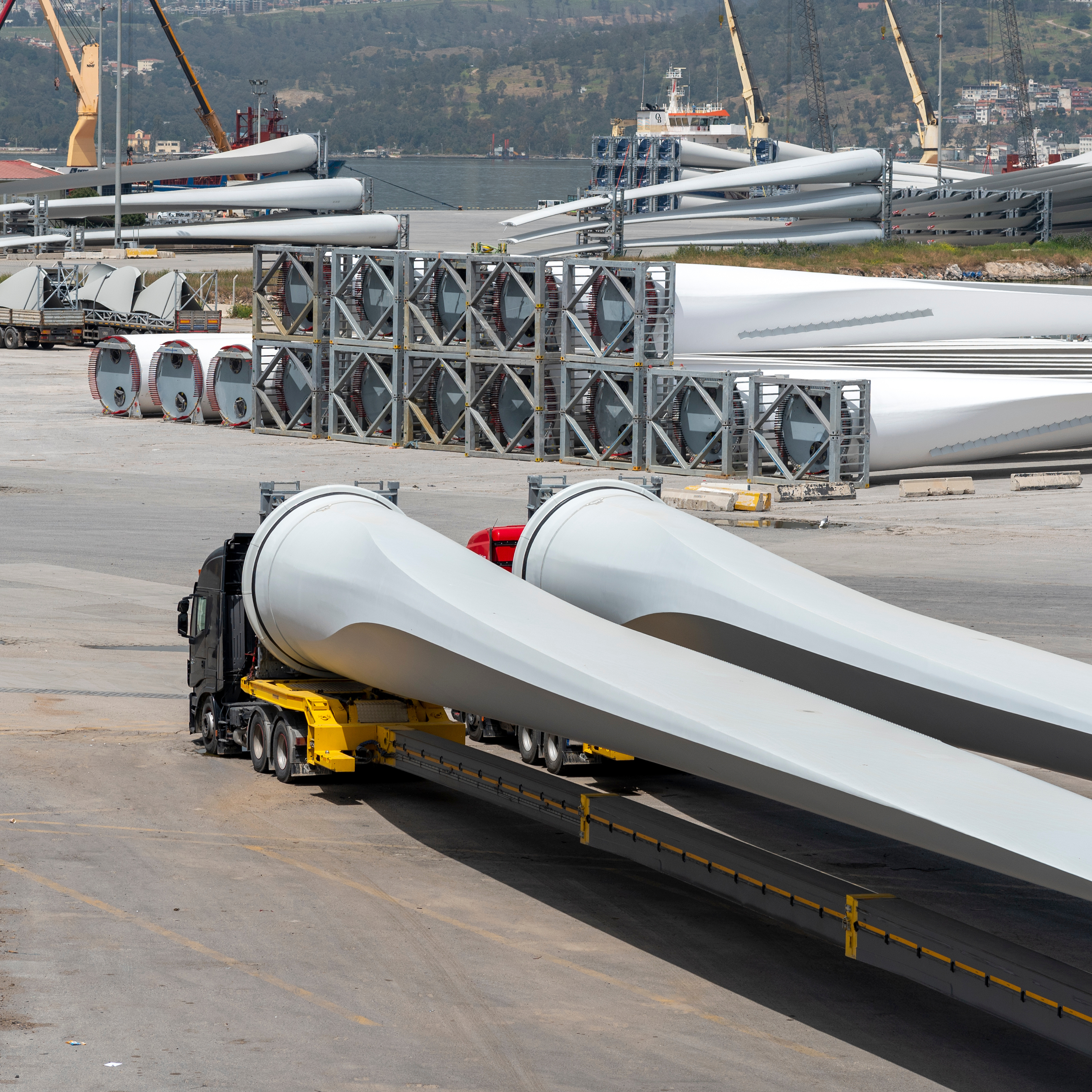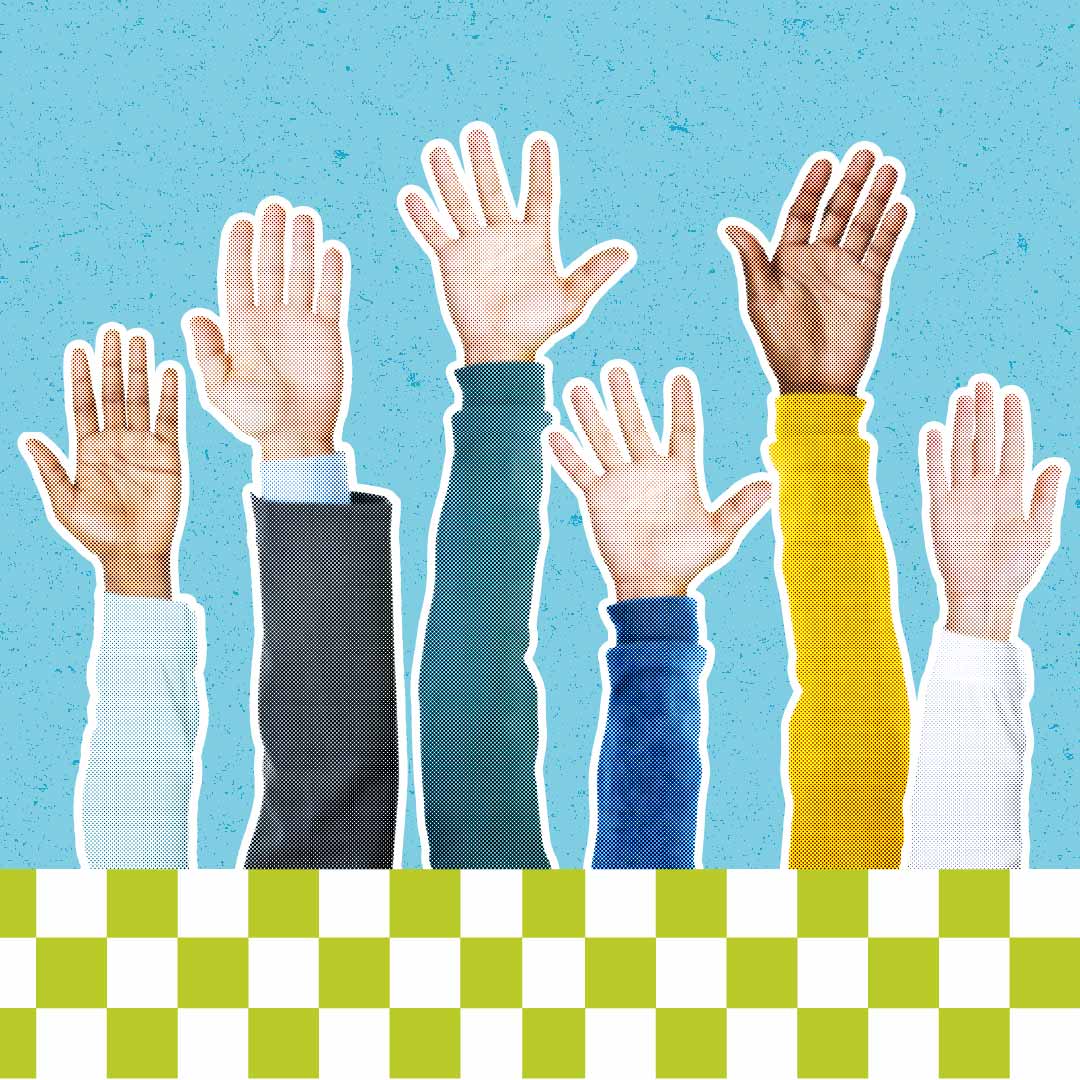
NHS Scotland Waste Prevention and Re-use Guide
Our practical guide to reducing waste in NHS Scotland, to reduce costs and emissions, and increase skills and morale.
In 2012, NHS Scotland spent over £22million on waste management and disposal. Without significant change, that figure will only rise, thanks to the Landfill Tax Escalator, and the increasing scarcity of resources. Do we really want our hard-pressed health funding to go down the plughole of unmanaged waste?
Aimed at all NHS staff, including senior management, our comprehensive guide – NHS Scotland: Waste Prevention and Re-use Guide - will help you reduce your waste-line without compromising healthcare standards.
Waste Segregation
Disposal of clinical waste costs 3.5 times that of regular waste, so it is essential that only clinical waste goes in this stream. Likewise, if recyclable materials are sent to landfill, significant costs savings are lost. Our guide includes a thorough list of initiatives to streamline waste, such as:
- consideration of placement and size of different bins
- staff training – for instance, in the difference between hygiene and clinical waste
- clear signage – colour coding is not enough, if patients/visitors are to play a part
Food Waste
NHS Scotland provides some 28million meals a year, and uneaten food is its biggest waste factor. This is a huge drain on resources, in terms of the cost to procure and prepare food, and then throw it all away.
Our guide provides a considered approach to good food management, including:
- food waste audit – to determine what, why and how much food goes to waste
- waste-awareness – from portion control, as patients can be overwhelmed by too much, to better presentation, to Protected Mealtimes, to ensure patients are not diverted from hot food by medication administration and other ward tasks
- compostable and reusable options – from compostable cutlery to butter in dishes not single portion capsules
Paper and Packaging
From paper towels to patients' notes to plastic wrap, there is huge potential for savings on these important resources. Areas for improvement include:
- smart printing – from double-sided by default to reducing margins and spacing
- paper towel recycling – unless contaminated by blood or bodily fluid, paper towels can go in the recyclables streamline
- practical procurement – favouring returnable packaging, and packaging made from a minimum percentage of recycled materials
Textiles
Easily overlooked, yet textiles contribute hugely to landfill waste. Our guide considers better management of:
- staff uniforms – can they be mended? Re-used? Recycled? Is there an incentive for departing staff members to return all staff clothing?
- bed curtains, gowns and aprons – instead of defaulting to disposable, consider re-usable items
Furniture and Construction
Buildings and contents generate significant waste, from redundant yet reusable furniture to an excess of building materials that wind up on a skip. Consider:
- redeployment of furniture – either throughout other hospital departments, or within the wider public sector, perhaps through an intranet scheme
- leasing or hiring – so you have what you need, when you need it
- construction waste recovery – to claw back value from raw materials
- smart procurement – to minimise over-ordering
Waste Prevention Plan
We conclude with a step-by-step guide to creating your own Waste Prevention Plan, from assessing waste and current practice, to identified potential savings and a responsible person, to setting targets and keeping track.
NHS Scotland is a remarkable organisation, capable of great things. Don't let that potential go to waste.







